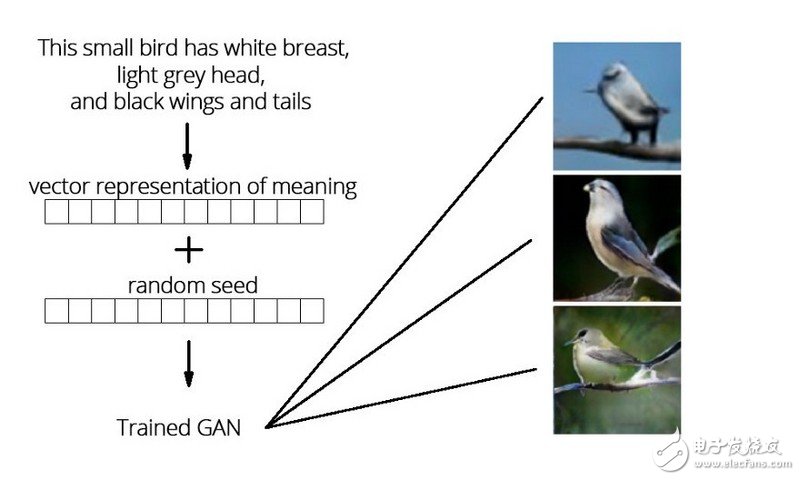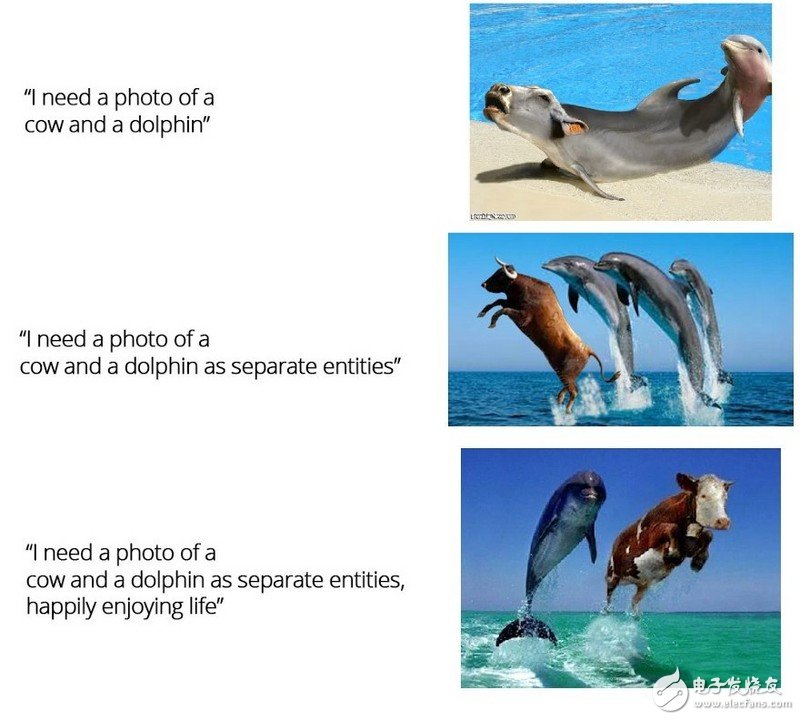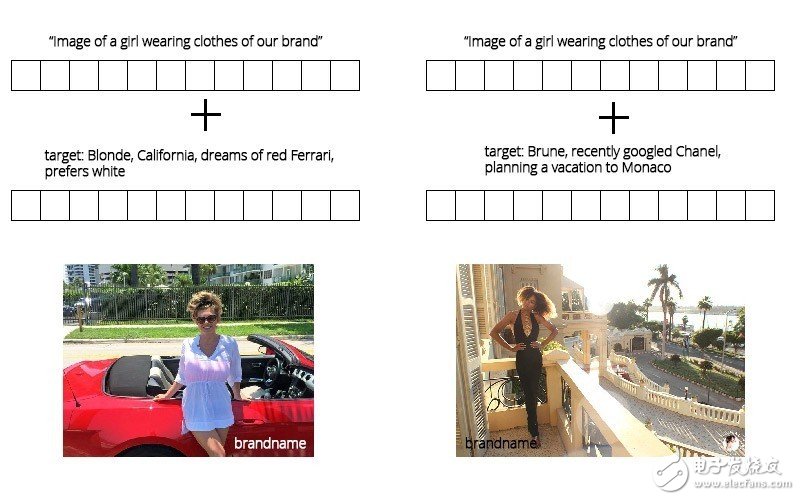In 2014, Ian Goodfellow proposed the concept of generating a confrontation network (GAN). Since then, the generation of confrontation networks has been a research hotspot in academia. Yann LeCun also called it “the most exciting machine learning field in the past decade. idea". What is the current development of GAN, what can be done, and what are the prospects in the future? This article was compiled from hackernoon's original article entitled "The New Neural Internet is Coming."
What is GAN - the development process of generating against the network
Neural networks are the most popular hot words of science and technology, and their core use is classification. A classifier is a machine that automatically classifies input values. The classifier inputs a vector of values ​​called a feature (vector). The output of the classifier is also a numerical value representing the result of the classification. The goal of the classifier is to make the proportion of the correct classification as high as possible. The generated confrontation network (GAN) consists of a generation network and a discriminant network, and learns by letting the two neural networks play each other. It is a method of unsupervised learning.
The generated network is randomly sampled from the latent space as input, and its output needs to mimic the real samples in the training set as much as possible.
The input to the discriminant network is the actual sample or the output of the generated network. The purpose is to distinguish the output of the generated network from the real sample as much as possible.
To generate a network, you should deceive the network as much as possible.
The two networks confront each other and constantly adjust the parameters. The ultimate goal is to make the discriminating network unable to judge whether the output of the generated network is true (until the Nash equilibrium is reached).
If we use a typical neural network (such as an image classifier) ​​as the left hemisphere of the neural network "brain", then generating a counter-network is similar to the brain's right hemisphere - a hemisphere responsible for creativity.
GAN is the first step in cultivating the “creativity†of neural networks. A typical GAN ​​generates an image from a random keyword or a latent variable based on a particular keyword. At present, the image generated by GAN is of poor quality and limited resolution. But recently NVIDIA has made new progress: it is achievable to generate realistic images at high resolutions, and they open up the permissions of this technology.
Conditional GAN ​​and variational self-encoder
There are many types of GAN, and the complexity, structure and abbreviation are different. The most interesting ones are the conditional GAN ​​and the variational self-encoder. Conditional GAN ​​can not only imitate the large classified images of "bedroom", "face", "dog", etc., but the image classification it generates can also be finer. For example, the Text2Image network can convert the textual description of an image into an image.

GAN generated "fake room", "fake dog", "fake celebrity" and "fake artwork" results
By setting a random seed of the "meaning" vector, we are able to produce an infinite number of matching bird images.

Enter the text description "This bird has a white chest, light gray head, black wings and tail" text is converted into a vector added to the random seed to complete the training GAN gives the result
Opportunities before us
Imagine the world two years later. Companies like NVIDIA will develop GAN technology to a mature industry level, just like the celebrity avatars we can see today. This means that GAN can generate any image at any time, as long as you need to give a text description. So many photography and design related industries will be outdated. Please see the decomposition below.
Given different random seeds, this neural network can generate an infinite number of image results.

The left side is the textual description of the input, and the right side is the result of the GAN.
Enter "I need a photo of a combination of cow and dolphins." Get Figure 1.
Enter "I need a photo of a separate cow and dolphin." Get Figure 2.
Enter "I need cows and dolphins to separate and enjoy the photos of life." Get Figure 3.
Super personalization
What makes people stand upright is that such a network not only inputs the description of the target it needs to generate, but also receives a vector that describes you and the target consumer. This ad gives you a deep picture of your personality, your web browsing history, recent transaction history and geographic location. So the result of GAN's one-time generation is specially created for you. The user click rate will definitely burst.

Enter "Girls wearing our branded clothing" + Blonde, California, Fantasy Red Ferrari, Priority White, and the result is the picture in the lower left corner. Enter "Girls wearing our branded clothing" + reddish brown hair, recently searched for Chanel, plans to travel to Monaco, the result is the picture in the lower right corner.
After “measuring†your reaction, the neural network will adjust to make the ads more accurate and accurate to your taste, and to stimulate the most exciting points.
Bubble trend
So, one day, there will be completely personalized content everywhere on the web.
Everyone sees the content, which is personalized and adjusted according to their own lifestyle, opinions and personal history. In the US presidential election, we have witnessed the intensification of this bubble pattern, but the situation in the future will only get worse. GAN can generate a variety of content for individuals, independent of the media - from simple image ads, to machine-generated complex ideas, posts and published works, creating a continuous feedback loop that is continuously improved based on human-computer interaction. . There will be competition between different GANs - a comprehensive automated war, and we humans are the battlefield. The driving force behind this trend is very simple – profit.
This is not a terrible remark of scaring people. The horn of the war has already sounded, but we have not seen the smoke.
Is it good or bad?
I do not know. But there are some things that must be taken care of: the arrival of this technology is inevitable, and it is necessary to conduct extensive public discussion and be prepared to stop. So, we'd better start thinking now - how can we benefit from this process?
Technical aspects
The future described above has not come true due to certain technical limitations. At present, the quality of images generated by GAN is still very poor and can easily be found to be false. But NVIDIA has shown the world that it is feasible to generate 1024x1024 realistic faces. If the technology is to be further developed, we need faster, larger GPUs, more theoretical research on GAN, more clever methods of training GAN, more tag data sets...
Note: We don't need new energy sources, quantum processors (but this may help) or artificial intelligence to help us make technological advances. The resources we need can be completed in a few years, and some large companies may already have these resources.
In addition, we need a smarter neural network. The progress of GAN will first be applied to super-resolution technology, which will bring great benefits to the advancement of super-resolution technology.
External Rotor Motor,Outer Rotor Motor,External Rotor,External Rotor Fan
Wentelon Micro-Motor Co.,Ltd. , https://www.wentelon.com